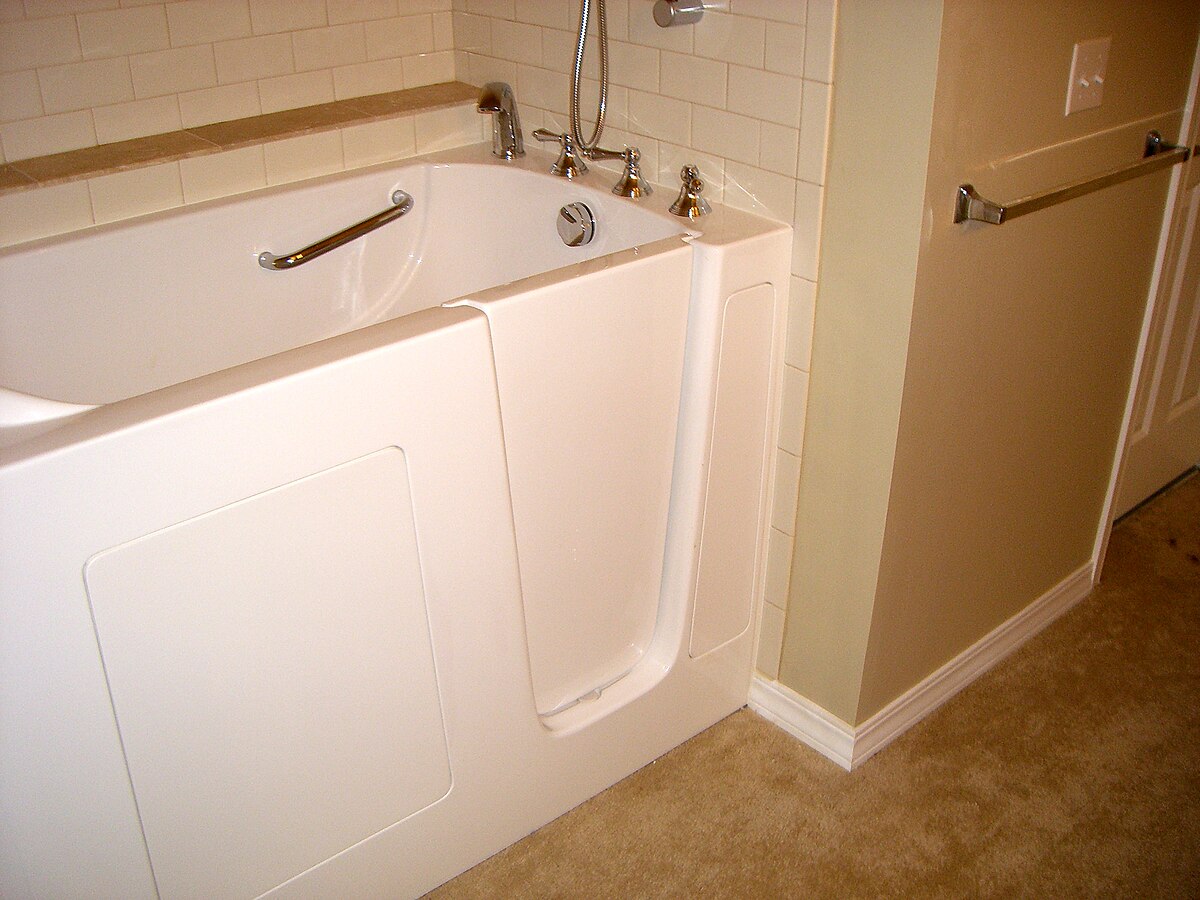10 Home Upgrades Making Life Easier For Seniors
Creating a comfortable and safe living environment becomes increasingly important as we age. Many seniors prefer to remain in their own homes rather than move to assisted living facilities, making thoughtful home modifications essential for maintaining independence and quality of life. These strategic upgrades can significantly reduce daily challenges while enhancing safety and comfort throughout the home.
As people age, their mobility, vision, and physical capabilities naturally change, making everyday tasks more challenging. The good news is that many simple modifications can transform a home into a more accessible and comfortable space. These home upgrades for seniors focus on practical solutions that address common age-related concerns while maintaining the familiar comfort of home.
What Are the Most Important Safety Features for Senior Homes?
Safety should be the primary consideration when planning senior-friendly home improvements. Installing grab bars in bathrooms, particularly near toilets and in shower areas, provides essential support for maintaining balance. Non-slip flooring throughout the home, especially in bathrooms and kitchens, dramatically reduces fall risks. Improved lighting with motion sensors eliminates the need to navigate dark hallways and automatically illuminates pathways during nighttime trips to the bathroom.
Stair safety becomes crucial for multi-level homes. Adding sturdy handrails on both sides of staircases and ensuring adequate lighting on each step can prevent dangerous falls. For homes with multiple levels, consider installing a residential elevator or stairlift if budget allows.
How Can Kitchen Modifications Improve Daily Living?
Kitchen accessibility plays a vital role in maintaining independence. Lowering countertops to wheelchair or seated height makes food preparation more manageable. Installing pull-out drawers and lazy Susans in lower cabinets eliminates the need for bending and reaching. Lever-style door handles and faucets require less grip strength than traditional knobs, making them easier to operate for those with arthritis or reduced hand strength.
Consider replacing traditional appliances with senior-friendly alternatives. Side-by-side refrigerators provide easier access to both frozen and fresh foods. Induction cooktops offer precise temperature control and automatically shut off when cookware is removed, reducing fire risks.
Which Bathroom Updates Provide Maximum Benefit?
Bathroom modifications often provide the greatest impact on daily comfort and safety. Walk-in showers with built-in seating eliminate the need to step over high tub walls. Installing a comfort-height toilet, which sits 2-3 inches higher than standard models, makes sitting and standing significantly easier.
Adding a handheld showerhead allows for seated showering and provides better control over water direction. Consider installing a shower bench or fold-down seat for those who cannot stand for extended periods. Adequate lighting around mirrors and medicine cabinets helps with grooming tasks and medication management.
What Simple Home Upgrades for Seniors Require Minimal Investment?
Many effective modifications require modest financial investment but provide substantial benefits. Installing rocker light switches throughout the home makes lighting control easier for those with limited finger dexterity. Adding nightlights with motion sensors in hallways, bathrooms, and bedrooms prevents falls during nighttime navigation.
Replacing round doorknobs with lever handles throughout the house accommodates those with arthritis or grip strength issues. Installing telephone jacks in multiple rooms ensures communication access from anywhere in the home. Consider adding a medical alert system that connects to existing phone lines for emergency situations.
| Upgrade Type | Estimated Cost Range | Key Benefits |
|---|---|---|
| Grab Bar Installation | $150-$400 per bathroom | Improved bathroom safety and stability |
| Non-slip Flooring | $3-$12 per square foot | Reduced fall risk throughout home |
| Walk-in Shower Conversion | $3,000-$15,000 | Easier, safer bathing access |
| Stairlift Installation | $3,000-$5,000 | Safe access to multiple floors |
| Kitchen Counter Lowering | $1,500-$4,000 | Improved accessibility for meal preparation |
| Comfort-Height Toilet | $200-$600 | Easier sitting and standing |
Prices, rates, or cost estimates mentioned in this article are based on the latest available information but may change over time. Independent research is advised before making financial decisions.
These home upgrades for seniors represent practical investments in long-term comfort and safety. While some modifications require professional installation, many can be completed as DIY projects or with minimal contractor assistance. The key is prioritizing changes based on individual needs and physical limitations. Starting with essential safety features like grab bars and improved lighting provides immediate benefits, while larger renovations like bathroom conversions can be planned for future implementation. Each modification contributes to creating an environment that supports aging in place with dignity and independence.





